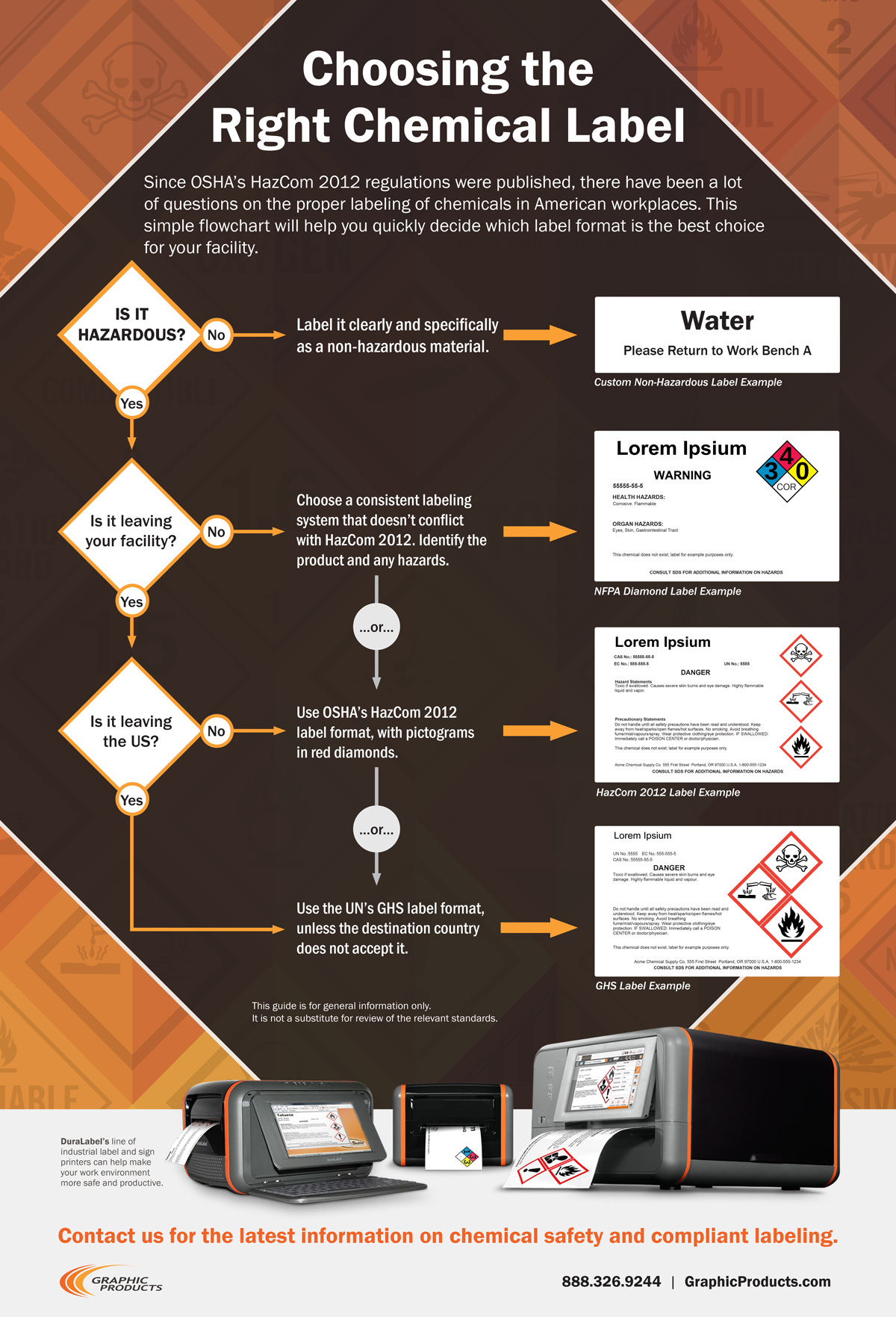- Home
- >
- Resources
- >
- Infographics
- >
- Prevent Slips, Trips, and Falls
Prevent Slips, Trips, and Falls
03
February,
2023
2 MINUTE READ
A large part of worker safety is maintaining a clean and organized facility. According to OSHA, most general industry accidents involve slips, trips, and falls. Get an overview of the most common causes of slips, trips, and falls, the latest statistics, and the top five ways to prevent them.
The following is a transcript of the 5 Tips to Prevent Slips, Trips, & Falls infographic:
5 Tips to Prevent Slips, Trips, & Falls
In the workplace, slip, trip, and fall hazards put workers' safety at risk and cost employers nearly $70 billion a year in workers' compensation claims, regulatory fines, productivity, and other administrative expenses. Organizations that take proper safety precautions can keep workers safe and facilities in compliance with Occupational Safety and Health Administration (OSHA) regulations. Slips, trips, and falls can be prevented by taking certain measures to keep work areas organized and walkways clean from debris and clutter.
Definitions
- Slips happen when there is insecure footing resulting in a loss of balance.
- Trips happen when there is a loss of balance resulting from contact with an object.
- Falls happen when there is a failed or missing support. Slips and trips can lead to falls which can happen on the same level or from one to another.
Statistics
In 2017, 887 work fatalities were from slips, trips, and falls (up 4% from 2016).
261,930 workers missed one or more days of work from falls. 2014: 798 worker fatalities from falls.
In 2018, fall protection general requirements resulted in 7,270 violations (#1 on OSHA's Top 10 list since 2011). Fall protection training requirements resulted in 1,982 violations (#8 on OSHA's Top 10 list).
In 2016, 20,520 work injuries from ice, sleet, or snow required at least one day away from work (34,860 were due to falls on the same level).
55% of slip, trip, and fall injuries are due to slippery conditions.
From 2011-2016, 836 fatal injuries from falls from ladders. From 2011-2017, fatal work-related falls to a lower level increased 29%.
The private construction industry has seen a 43% increase of fatal falls to a lower level: 255 (2011), 279 (2012), 291 (2013), 345 (2014), 350 (2015), 370 (2016), and 366 (2017).
1 in 6 lost-time work injuries are from slips, trips, and falls.
Slips, trips, and falls account for between 12% and 15% of workers' compensation claims. Slip, trip, and fall injuries cost employers approx. $20,000 per incident. These injuries result in an average 11 days away from work.
Common Causes of Slips, Trips, & Falls
- Floor Contamination
- Objects Obstructing Walkways
- Floor Irregularities and Damage
- Weather Conditions
- Lighting Inadequacies
- Stairs and Railings
- Step Stools and Ladders
- Floor Mats and Runners
- Unprotected Edges and Openings
Top 5 Prevention Tips
- 5S System: Maintain good housekeeping and organization of tools and equipment in workspaces and walkways to prevent injuries. Implement the 5S System: Sort, Set in Order, Shine, Standardize, Sustain.
- Floor Marking: Guide workers through the workspace and warn pedestrians of hazards. Use floor marking, wayfinding, and safety tape throughout the workplace.
- Safety Signs and Labels: Inform workers of contaminated areas, mark tools and equipment for storage, and track cleanliness in the workplace.
- Spill Containment: Clean up areas where spills occur to prevent slips, trips, and falls. Keep spill control and containment products on-hand, ready for use.
- Facility Lighting: Improve pathway and exit visibility to help workers avoid slip, trip, and fall hazards. In an emergency, proper lighting can guide workers to safety.
RELATED RESOURCES

Chemical Labeling Flowchart
Which Chemical Labels Are Right for Your Facility? OSHA's HazCom 2012 regulations clarified and standardized ...
Read
Airfield Vehicle Marking
The biggest challenge in the aviation industry is runway safety. Proper airfield vehicle marking is crucial ...
Read
Managing Hazardous Waste
What is Hazardous Waste? Hazardous wastes come in many different forms: toxic waste, chemical waste, nuclear ...
Read.png)




